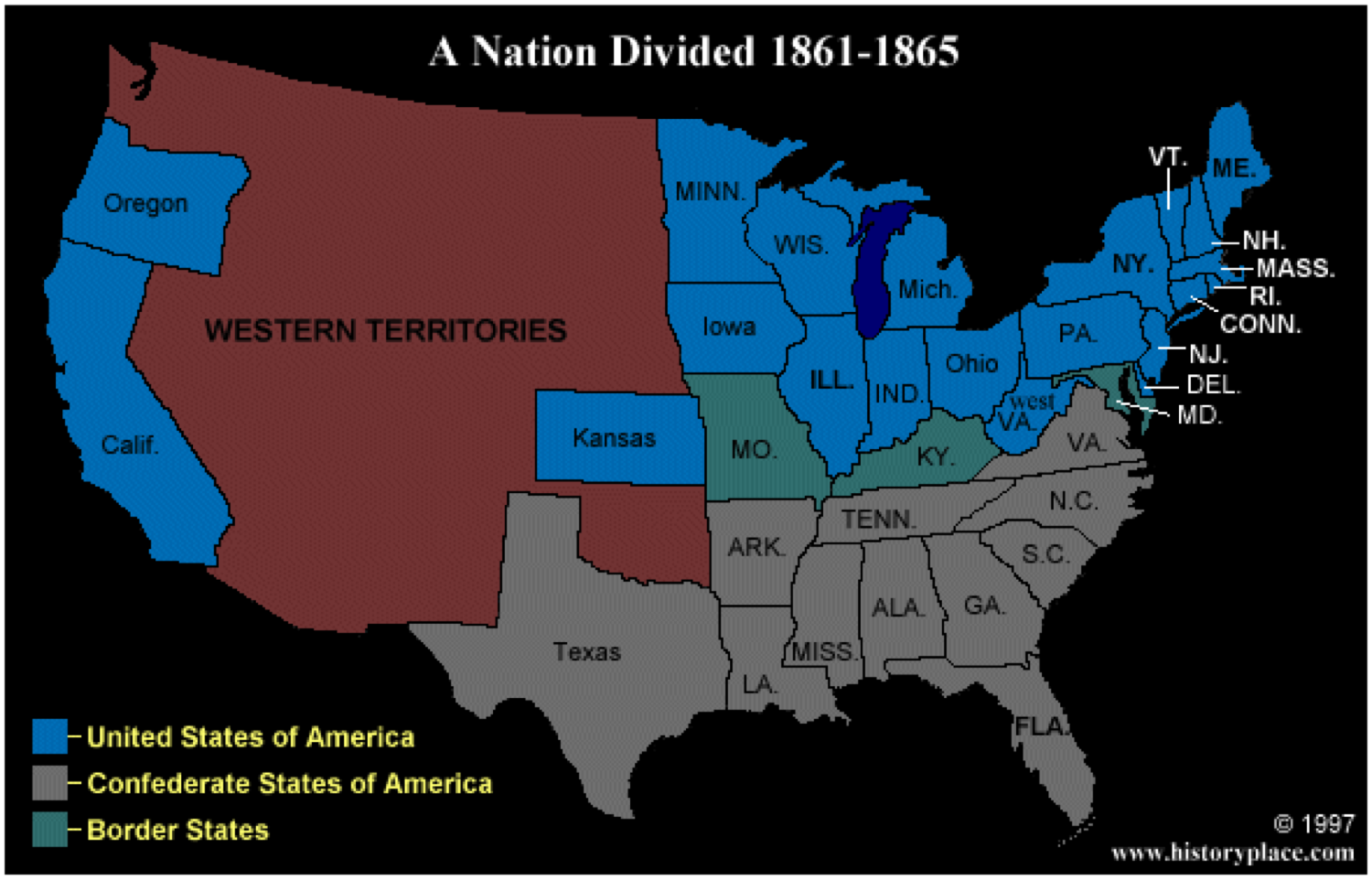

They, as well as non-ideological green armies, opposed the Bolsheviks, the Whites and the foreign interventionists. In addition, rival militant socialists, notably the Ukrainian anarchists of the Makhnovshchina and Left Socialist-Revolutionaries, were involved in conflict against the Bolsheviks. The two largest combatants were the Red Army, fighting for the establishment of a Bolshevik-led socialist state headed by Vladimir Lenin, and the loosely allied forces known as the White Army, which functioned as a political big tent for right- and left-wing opposition to Bolshevik rule. Bolshevik seizure of power was not universally accepted, and the country descended into civil war.

A tense summer culminated in the Bolshevik-led October Revolution, overthrowing the Provisional Government of the new Russian Republic.

The Russian monarchy ended with the abdication of Tsar Nicholas II during the February Revolution, and Russia was in a state of political flux. Its finale marked the end of the Russian Revolution, which was one of the key events of the 20th century. It resulted in the formation of the Russian Socialist Federative Soviet Republic and later the Union of Soviet Socialist Republics in most of its territory. The Russian Civil War ( Russian: Гражданская война в России, romanized: Grazhdanskaya voyna v Rossii 7 November 1917 - 16 June 1923) was a multi-party civil war in the former Russian Empire sparked by the overthrowing of the social-democratic Russian Provisional Government in the October Revolution, as many factions vied to determine Russia's political future.


 0 kommentar(er)
0 kommentar(er)
